Imagine cruising on your electric scooter and suddenly, you get a notice on your digital display… “low battery”. What next? Stranded? Not quite! The question arises: can your electric scooter be used manually? This isn’t just about getting from point A to B; it's about the versatility and reliability of your commute. Whether you're dodging downtown traffic or cruising through park pathways, the ability to switch to manually moving your scooter along can be a game-changer.
The good news is that many electric scooters have a mode that is made for you to walk the scooter when it’s low on power. This means you can move your scooter similar to a bicycle. This feature adds a layer of reliability and flexibility to your travel options, ensuring that even with a depleted battery, you can still move manually. It’s about having a plan B for when you get too low on battery.

Walk Mode and Pedestrian Mode
These special modes, named Walk Mode for Segway Ninebot scooters and Pedestrian Mode for InMotion scooters, offer a unique solution. Designed primarily for low-speed trudging, these settings allow the scooter's motor to assist movement without the full power used in normal operation. In these modes, the maximum speed is capped at around 5 km/hr, providing just enough power to help push the scooter with ease, without the hefty resistance typically encountered with a completely unpowered scooter. By reducing the speed and smoothing out the handling, these modes not only conserve the remaining battery but also ensure safer navigation through pedestrian areas and crowded spaces.
Safety in Manual Modes
Normally, pushing a heavy, motorised scooter manually could lead to strain or injury due to its weight and bulk. However, Walk Mode and Pedestrian Mode adjust the scooter’s response to manual efforts, making it easier to handle and less likely to cause unexpected jerks or movements.
How it Works
Through a very minimal use of battery power, the scooter’s motor provides just enough assistance to maintain movement without accelerating beyond a manageable pace. Key elements include a finely tuned motor controller that dictates power output and braking systems optimised for gradual, controlled stops.

When to Use Them
These modes shine in scenarios where battery preservation is key, or when navigating tightly packed spaces where high speeds would be impractical and unsafe. In emergencies, such as a sudden battery drain in a busy area, these modes can provide a safe and steady way to reach a charging station or safe location.
Transitioning Between Modes
Typically, the switch can be activated through a series of simple commands on the scooter’s digital dashboard or via an app. Familiarise yourself with the mode activation process during regular rides to ensure a smooth transition when needed.
Limitations of Walk and Pedestrian Modes
It’s important to note that these modes require at least a minimal charge to function; they cannot operate with a completely dead battery. Avoid using these modes for extended periods as they are designed for short-term solutions and may not be sustainable for long-distance travel. If your e-scooter is completely dead, fold and carry it to wherever you need to go.
Walk Mode and Pedestrian Mode offer practical solutions for managing low battery situations without leaving you stranded. These modes showcase the innovative design of modern electric scooters, highlighting their capability to adjust to emergency situations.
Visit tdotwheels.com to explore some of our electric scooters.

